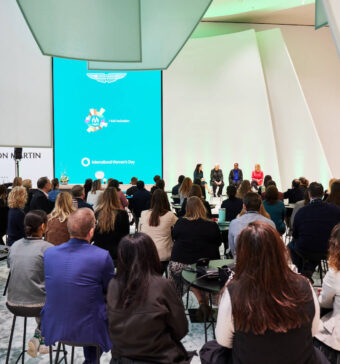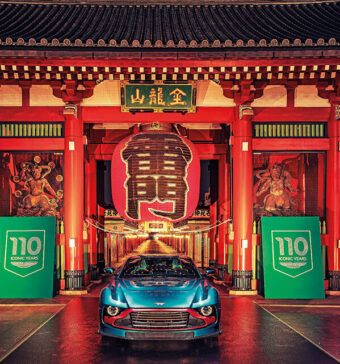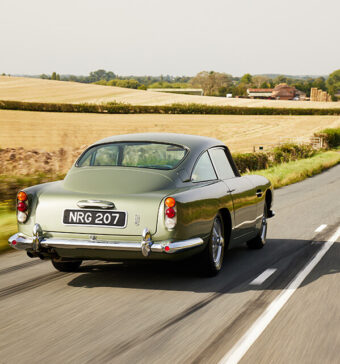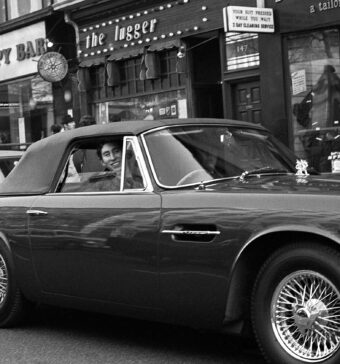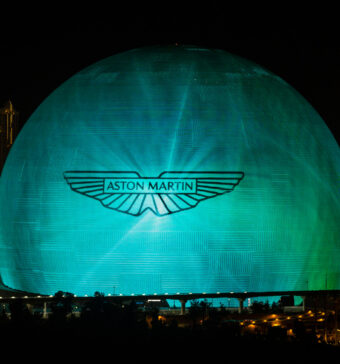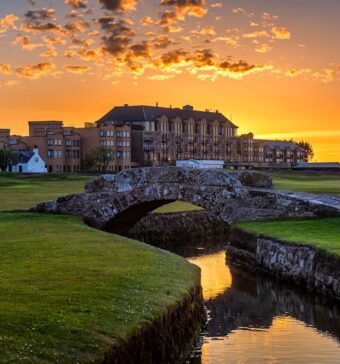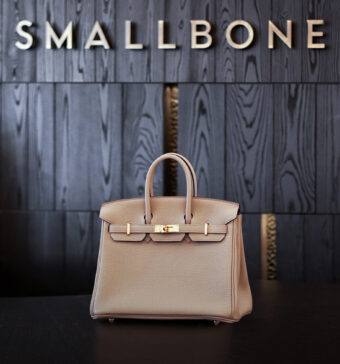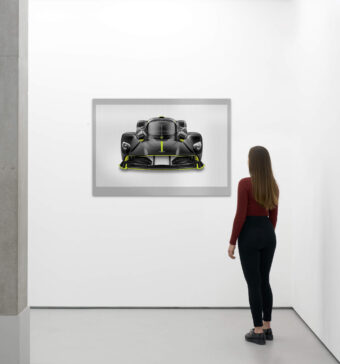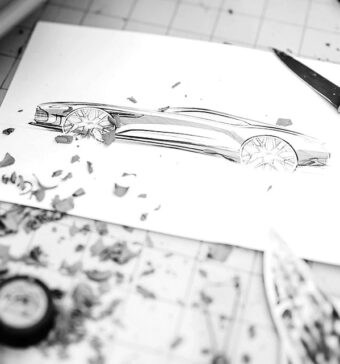The hushed halls of London’s Old War Office, a grandiose Grade II-listed building facing Whitehall, in Westminster, have recently been unlocked to the public for the very first time. Reborn as The OWO, and housing the capital’s first Raffles luxury hotel, 85 private residences, as well as nine restaurants and three bars, the landmark development is momentous not least due to its epic scale, but because of its history as one of Britain’s most significant government buildings.
The story of The OWO begins in 1898 when Scottish architect William Young – who designed Glasgow’s impressive City Chambers – was commissioned to prepare sketches for a new War Office. Young’s trapezium-shaped design, which took five years to construct, took cues from Edwardian Baroque architecture, with fortress-like features that were fit for its defensive, discrete purpose.

Just some of the astounding facts and figures that help to paint a picture of what went into the building’s original construction include 30-foot foundations built beneath the roadway; 26,000 tons of Portland stone used for the façades; 3,000 tons of York stone; 25 million ordinary building bricks, and 1.5 million glazed bricks, together creating the imposing structure.
When the War Office opened in 1906, it was immense, with 1,000 rooms and 2.5 miles of corridors. It was the centre of the British Army’s administration for close to six decades, with monumental events occurring within its walls. It is said that the chief of the imperial general staff, Alan Brooke, and Sir Winston Churchill masterminded the Allied victory over Hitler within the War Office, and it was frequented over the decades by secret services MI5 and MI6. Novelist Ian Fleming visited the office while working for Britain’s Naval Intelligence Service, eventually sparking the creation of one of modern literature’s most enduring spy characters. Such activity required the utmost secrecy.
“The existing use and design of the building was impenetrable; comprising large columns, arches, rusticated masonry and corner turrets – all crafted to keep visitors out,” recalls Geoff Hull, Director of EPR Architects, which was appointed to conceive The OWO’s restoration and renovation by its new proprietor, Hinduja Group, in 2015. In 2018, it was announced that Raffles Hotels & Resorts would partner with Hinduja Group to operate the hotel and service the residences within The OWO, marking a new chapter of luxury hospitality in the UK capital – and for the historic building. “Our challenge, therefore, was to convert a World War II fortress into a best-in-class hospitality and residential destination,” adds Hull.

Due to The OWO’s unique heritage status, 37 organisations, including The Princes’ Regeneration Trust, Historic England and Westminster Council, were consulted during the renovation and restoration to understand more about the site’s history and the original vision of William Young.
More than 64,000m3 of earth was excavated, going 25 metres below ground, and 16.4 metres beneath the existing foundations. The magnitude of the building has increased from 430,000 square feet in 2014 to 760,000 square feet, spread across 14 floors – seven above ground and six below. An extension to the rooftop and sixth-and seventh-floor additions all meld with the existing structure, which was undertaken following careful study of the original architect’s designs, including the geometry and proportions of the façade and roofscape.
For those walking past the landmark on street level, the proportion and scale of the building seems unchanged. Yet each new additional storey, set back from the existing, now boasts desirable new assets. “These setbacks in the façade offer a series of private terraces for residents to enjoy,” Hull explains. “For the extensions, traditional materials such as Portland stone, slate roofing and timber casement windows were selected to seamlessly blend the old elements of the building with the new.”

Distinctive preserved elements of the original building are rich reminders of its Edwardian heritage, such as the spectacular grand staircase, crafted from Painswick stone, English alabaster, and white-and-grey-veined Piastraccia marble. And, durwing the careful restoration and strip-out phases, EPR uncovered many stunning original elements, including mosaic flooring, sculptured stone fireplaces and ornate mouldings – all of which are pertinent reminders of the building’s past.
“One particular highlight was uncovering a wonderful ‘OWO’ decorative mosaic logo when doing floor repairs,” Hull recalls. “Now restored to its former splendour, it will sit in pride of place in one of the scheme’s fine dining experiences.”
For famed French designer, Thierry Despont – whose expertise extends to global architectural icons such as The Getty Centre and the Statue of Liberty – the appeal of reimagining this storied government office as a luxury hotel was tied intricately to the architectural style. “I took [the project] on because the building is spectacular, absolutely amazing – one of the grandes dames of the Edwardian era,” he said.
The design for the Raffles-branded private residences was assigned to British interior architect, 1508 London. While each residence is uniquely designed, the overall aesthetic conveys a sense of the building’s heritage and prestige by carefully balancing classical features with contemporary additions.
For Philippe Leboeuf, Managing Director of Raffles London at The OWO, the excitement of opening the hotel’s 120 accommodations, including 39 suites, was as much tied with the opportunity to immerse guests in a rare slice of British history, as it was with the brand’s legendary service. “The hotel allows guests to walk in the footsteps of some of the most influential figures of the 20th century whilst staying in the building’s most storied rooms,” he explains.

Leboeuf is also excited for the hotel to become an integral part of a new “culinary epicentre”. Reflecting the cosmopolitan fabric of the city in which it stands, three dining experiences at Raffles London are helmed by highly acclaimed chef, Mauro Colagreco, which are complemented by six further culinary concepts within The OWO. Locals and visitors alike needn’t travel to Paris to dine at Café Lapérouse, or Milan to sample the fashionable fare at Langosteria or high-end Italian cuisine of Paper Moon. A rooftop Japanese eatery, Endo at The OWO, is the second in the capital from distinguished chef and sushi master, Endo Kazutoshi.
“The public spaces in the hotel as well as independent restaurants at The OWO will be open and welcoming to all,” adds Leboeuf. “We want to welcome as many as possible to enjoy and experience this new destination for London.”
Far from its origins, yet with ample reminders of its storied past, this iconic Whitehall address enters a new era as The OWO.

